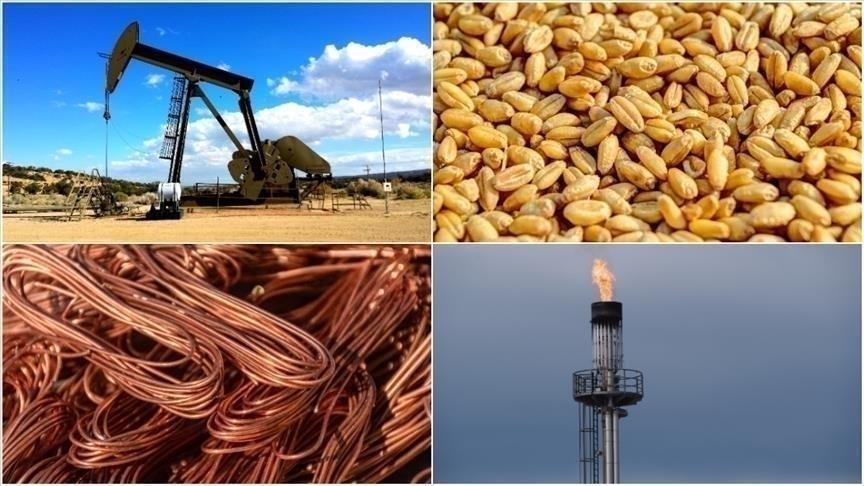

By Anadolu Agency
ISTANBUL
The demand for the dollar decreased as global monetary policies became less unpredictable, while commodity prices rose and gold’s three-week downward trend came to an end.
On Thursday, the European Central Bank (ECB) hiked its three key rates by 75 basis points each in a historic move as eurozone inflation faces a record-high and war-driven energy crisis, creating new risks for the entire region.
Additionally, US Federal Reserve Chair Jerome Powell made it clear on Thursday that rate hikes will continue until inflation comes down.
“The Fed has the responsibility for price stability, by which we mean 2% inflation over time,” Powell said at Washington, D.C.-based think tank Cato Institute.
Analysts underlined the fact that demand for the dollar diminished as uncertainties regarding the global monetary policies eased.
Last week, gold gained 0.3%, ending a three-week bearish trend. Silver went up 4.4%, palladium 7.5% and platinum 5.4%.
The World Platinum Investment Council said that due to China’s heavy platinum imports, there may be disruptions to platinum supply in other regions.
Metals also saw an upward trend last week.
In the over-the-counter market, copper, aluminum and nickel prices also posted increases with 4.2%, 0.6% and 7.9% respectively.
Copper prices were backed by the fall in production in Peru.
Nickel prices rose as inventories fell and supply woes increased.
The decision of aluminum companies to reduce production worldwide, especially in Europe, has also increased supply concerns about aluminum.
Prices of oil, agricultural commodities
The world’s biggest oil producers from the Organization of Petroleum Exporting Countries (OPEC) and allies, known as OPEC+, agreed to cut production by 100,000 barrels per day (bpd) in October.
International benchmark Brent crude on Monday traded at $92.29 per barrel at 10.03 a.m. local time (0703 GMT) for a 0.59% loss from the closing price of $92.84 a barrel in the previous trading session.
Meanwhile, a fluctuating course was observed in agricultural commodities last week. Wheat traded on the Chicago Mercantile Exchange rose 7.5%, corn gained 2.9%, while soybeans fell 0.5% and rice 0.3%.
The main reason behind the rise in wheat prices is the ongoing tension between Europe and Russia as well as supply concerns.
Corn prices also went up due to hot weather in Europe and a decline in production forecasts.
We use cookies on our website to give you a better experience, improve performance, and for analytics. For more information, please see our Cookie Policy By clicking “Accept” you agree to our use of cookies.
Read More